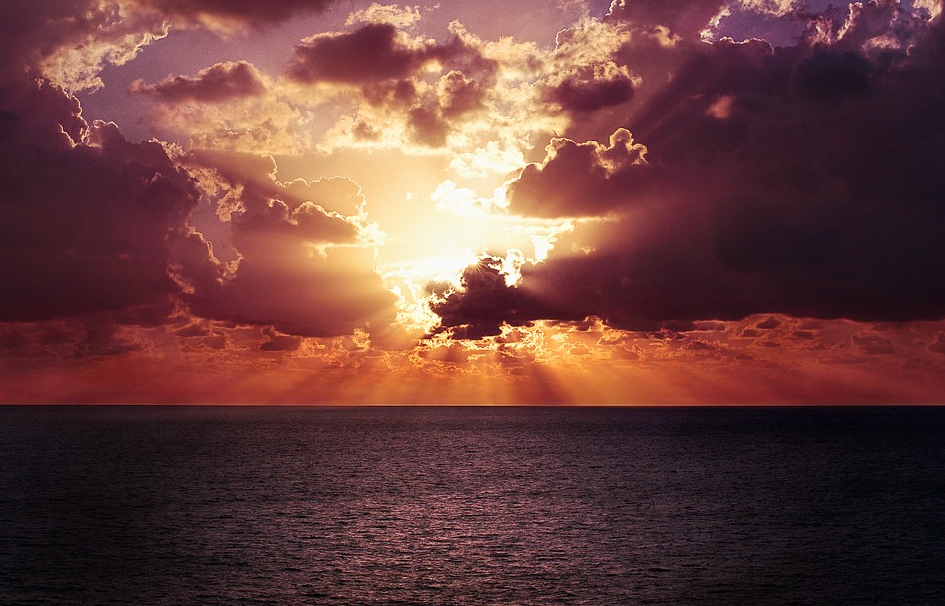25 Years Later
Interfaith Today and Tomorrow
by Paul Chaffee
The 1993 Parliament of the World’s Religions in Chicago was a landmark event in global interfaith relations – an open-ended get-acquainted party for all religions and spiritual traditions. Since then the Parliament has been to Cape Town, Barcelona, Melbourne, and Salt Lake City for week-long gatherings of five to ten thousand. Next up is Toronto, scheduled for November 1 to 7, 2018. Organizing these gatherings is a gargantuan task and deserves everyone’s thanks for helping develop a globe of interfaith friends and colleagues.
As TIO’s editor, I was invited to write an 800-word piece about where interfaith is in the world today and what its future looks like. It will appear in the pre-Parliament issue of The Convergence Magazine. For a person who spends most days on the stories of local interfaith activities, it was daunting but reviving to think about the bigger picture.
** ** **
In our globalized world the word interfaith is a slippery piece of language with various meanings. The U.S. is headquarters for a number of the major international interfaith stakeholders. Outside the U.S. numerous countries enjoy government support for interfaith and intrafaith programming with the goal of cultivating multifaith friendship, critical to civic peace. Complicating the bridge-building impulse, two-thirds of humankind is suffering some kind of religious harassment. If you are feeling comfortable about religion and spirituality in the world, take a gander through the Pew Research Center statistics on religious freedom in the world.
Nevertheless, a number of major interfaith projects are thriving:
The Interfaith Youth Core has a multi-million dollar budget and more than three dozen staffers, all devoted to developing interfaith leaders among undergraduate and graduate students in American higher education.
Saudi Arabia, with its stern Muslim culture, has provided KAICIID Dialogue Center (headquartered in Vienna) tens of millions of dollars to develop leaders capable of promoting peaceful relationships, particularly in the Arab world, Africa, and Myanmar.
At this writing United Religions Initiative (URI) has 943 affiliates in 107 countries, called Cooperation Circles, which are independently governed but actively networked. Asia is fastest growing, with 343 circles to date. Of the 943 circles, 254 have identified the environment and climate change as major concerns, and they are now connected to each other and share in brainstorming, strategizing, and fundraising.
Hundreds of sites around the world celebrate World Interfaith Harmony Week, first proposed by Jordan’s King Abdullah II on September 23, 2010 and adopted as a resolution by the United Nations. It happens the first week of February each year, and generous awards are given to the most imaginative events.
In the last quarter century, hundreds of local church councils across north American have chosen to transform into interfaith councils.
The Road to 2020 adds an interspiritual thread to this weave, using music, festival, and ritual at celebrations around the world as a stepping stone to peace and unity.
New kinds of community are developing, and new tools for building organizational capacity are becoming available. From Pakistan comes the story of a multifaith group, using smartphones, learning to shoot, edit, and distribute eight movies that empower young people, particularly young women.
Recently a colleague and I spent 90 minutes on Zoom (an extraordinary, inexpensive audio/video platform) talking to leaders from a group of young interfaith-activist writers in northwestern India and Afghanistan. The Interfaith Observer (TIO), was quick to publish one of their stories (about religion not taking refugees seriously), and more will come.
Photo: Mike Beales, C.c. 2.0 nd
Thirty years ago young interfaith groups wrestled with guidelines about which traditions were ‘eligible’ to participate and which were not. Those kinds of rules are gone and a radical inclusivity has developed across most interfaith communities. The interfaith table now includes Pagans from numerous traditions, Indigenous representatives from numerous traditions, Nones (as in no religious affiliation), ‘ the spiritual but not religious,’ the LGBTQ community, as well as Humanists, agnostics, and atheists who may share all sorts of values and goals with people of faith and practice in spite of their metaphysical differences. The concerns we share outweigh our differences, which we also enjoy.
Many more good-news stories about interfaith development could be added. But putting them all together (as if you could) does not an interfaith movement make. Right-wing religion gets much more media attention than all of interfaith growth and development combined.
Donald Trump, who won the American presidency to nearly universal incredulity, has a rooted base of supporters who are passionate about making the United States a Christian nation. That fact, along with climate change, endemic violence, global poverty, and a dozen other complicating aspects of our future on this planet, have shaken many of us. The rivers of hope so many professed at the turn of the millennium 18 years ago have dried up.
To those who reject despair as an appropriate response to the world around us, some guidelines may help in years ahead.
Photo: Facebook – URI
First, collaboration is mandatory because none of us can solve the problems on our own. Our failure to work together is besotted with considerations and ‘reasons why it’s a problem’; but when crises escalate it becomes easier to let such reasons fade away and take hands with each other.
Second, in recent years a preponderance of the most imaginative, effective interfaith leaders have been women and young adults. Learn to value their gifts.
Finally, in your bridge-building, learn from the wisdom of Appreciative Inquiry and learn how to effectively embrace serious disagreements, often the wall that prevents breakthrough; this social technology is the growing edge of how interfaith dialogue can finally make some measurable positive impact in the world in the midst of our differences.
Header Photo: Pixabay





